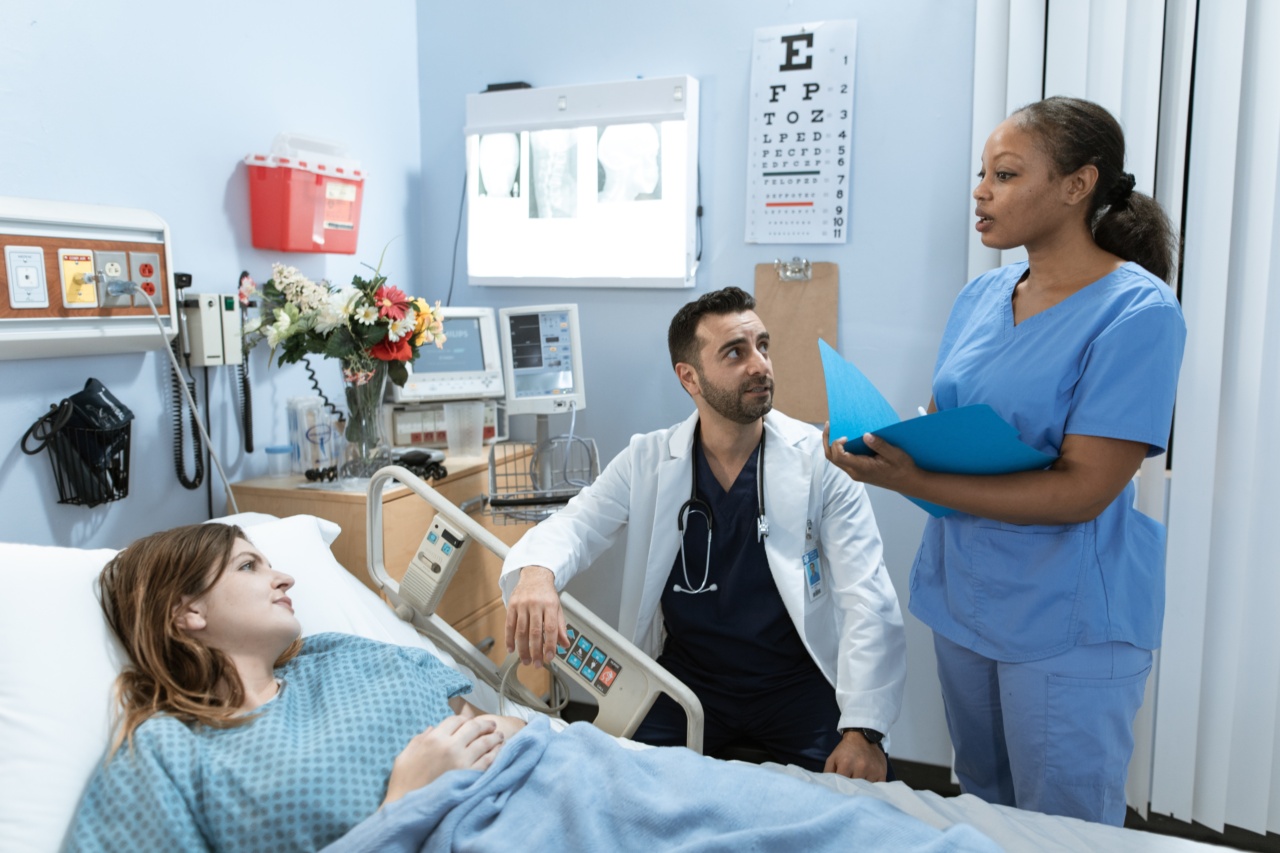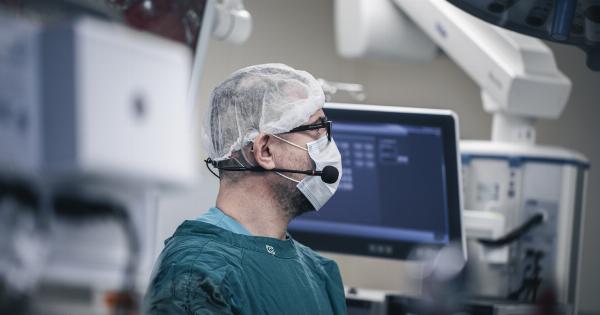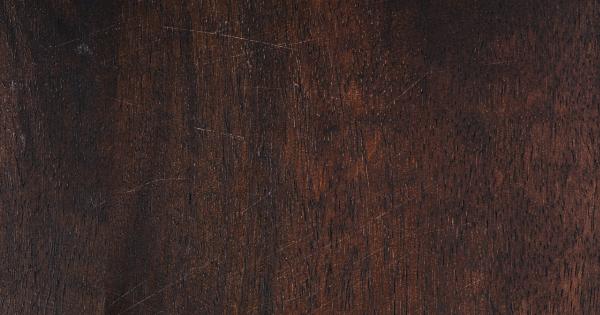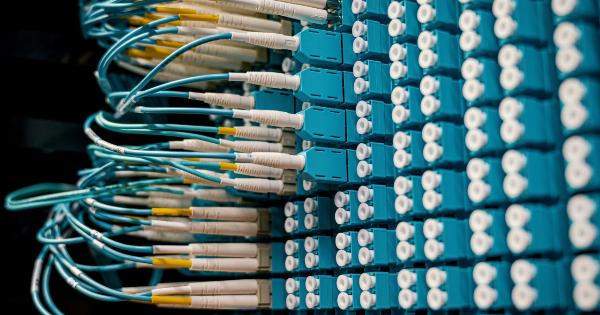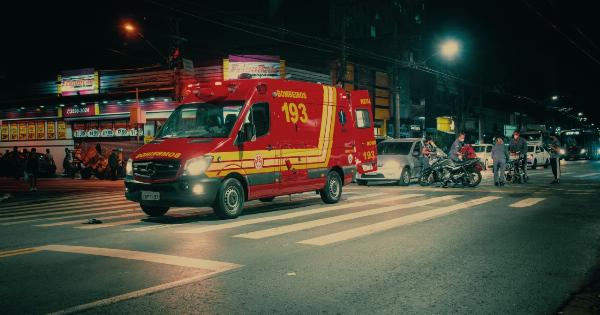Orthocele is a medical condition that occurs when there is a bulge or herniation in the scrotum, the sac-like structure that contains the testicles. This condition is also known as a scrotal hernia or inguinal hernia.
The bulge in the scrotum is caused by the protrusion of a portion of the small intestine or other abdominal organs into the scrotal region. This can cause severe discomfort and pain, and it often requires surgical intervention to correct.
Causes of Orthocele
The most common cause of orthocele is straining during bowel movements or lifting heavy objects, which can cause a tear or weakness in the abdominal wall. Other causes of orthocele may include:.
- Congenital defects
- Aging
- Persistent coughing or sneezing
- Chronic constipation or diarrhea
- Injury to the scrotal area
- Pregnancy
Symptoms of Orthocele
The symptoms of orthocele can vary from person to person, and some people may not experience any symptoms at all. However, some of the most common symptoms of this condition can include:.
- A bulge or swelling in the scrotum
- Pain or discomfort in the scrotum or groin area
- Increased pain when coughing, sneezing, or straining
- Sensitivity or tenderness in the scrotum
Diagnosing Orthocele
To diagnose orthocele, a doctor will perform a physical examination and may ask questions about your symptoms and medical history.
In some cases, imaging tests such as an ultrasound or MRI may be ordered to get a better look at the scrotum and surrounding tissues. These tests can help determine the extent of the hernia and the most appropriate treatment options.
Treatment for Orthocele
The treatment for orthocele will depend on the severity of the hernia and the presence of any associated symptoms. In mild cases, lifestyle changes such as avoiding heavy lifting and straining can help reduce symptoms.
In more severe cases, surgery may be required to correct the hernia and prevent further damage or complications.
Surgery for orthocele is typically performed as an outpatient procedure and can be done under local or general anesthesia. During the surgery, the doctor will make a small incision in the groin area and carefully remove the protruding tissue.
The abdominal wall will then be strengthened with sutures or a mesh patch to reduce the risk of recurrence.
Recovery from Orthocele Surgery
After orthocele surgery, patients will be advised to take it easy for a few days and avoid any heavy lifting or strenuous activities for several weeks. Pain medications may be prescribed to manage any discomfort during this time.
Patients should also keep the surgical area clean and dry to prevent infection.
Possible Complications of Orthocele
In some cases, orthocele can lead to complications if left untreated. These may include:.
- Torsion of the testicle, which can cause severe pain and damage to the testicle
- Strangulation of the hernia, which can cut off blood flow to the affected area and cause tissue damage or death
It’s important to seek prompt medical attention if you experience any symptoms of orthocele to reduce the risk of complications and ensure the best possible outcome.
Preventing Orthocele
While orthocele may not always be preventable, there are several steps you can take to reduce your risk of developing this condition. These may include:.
